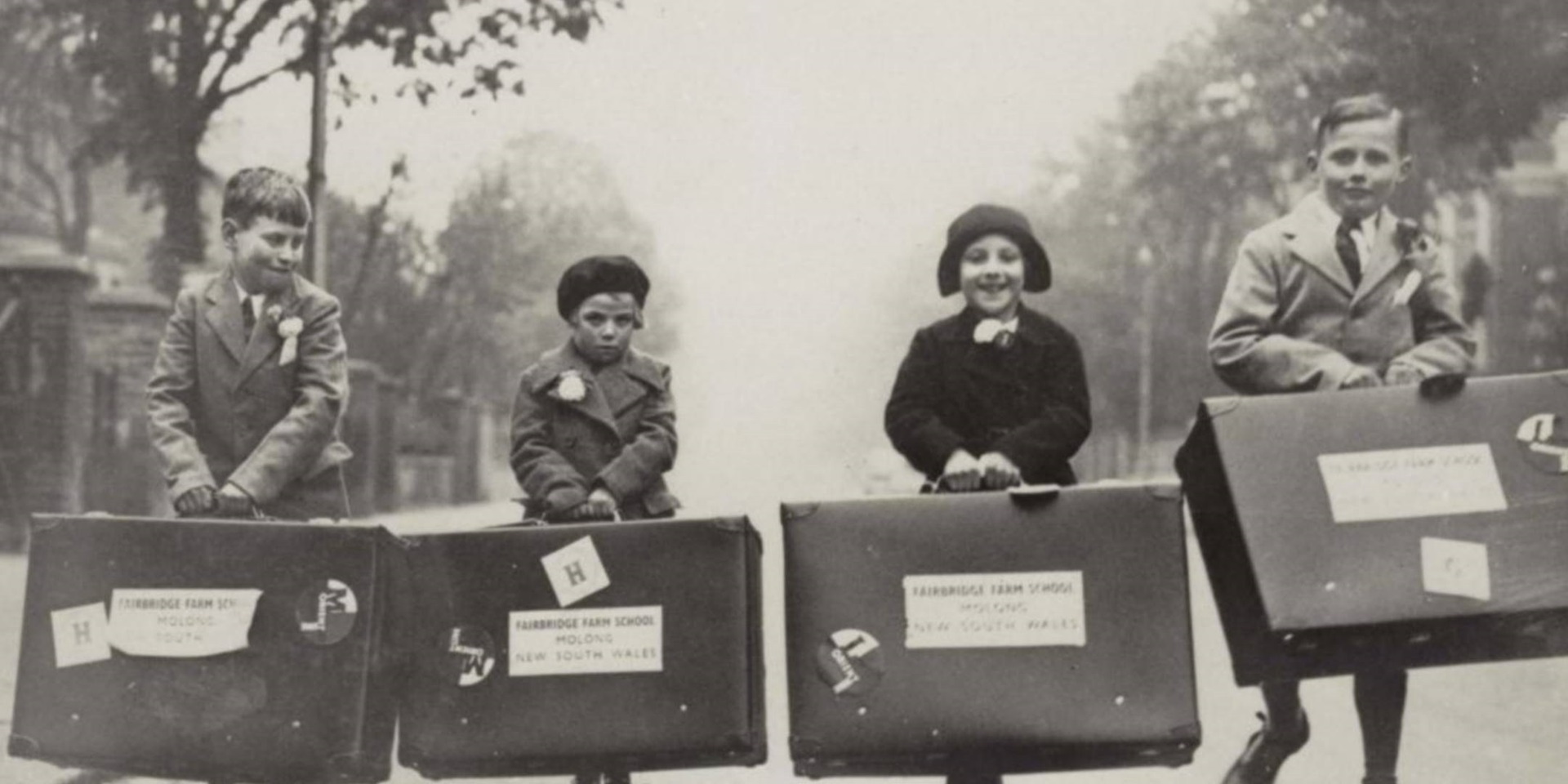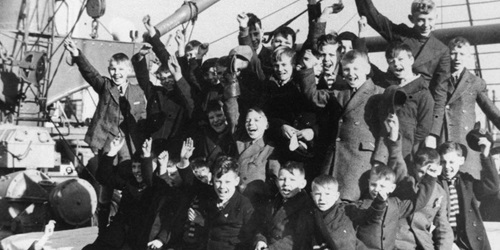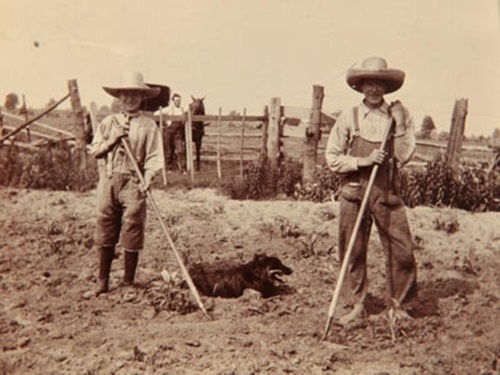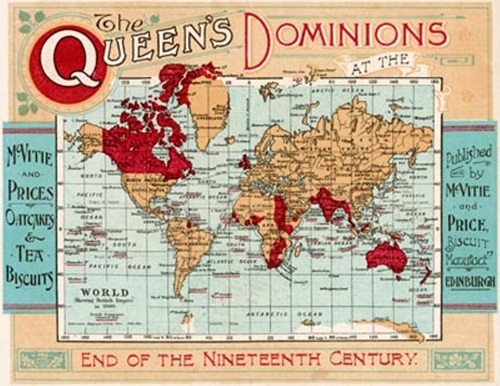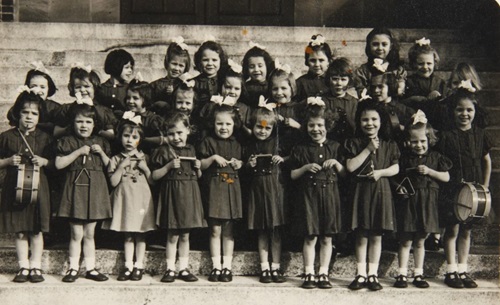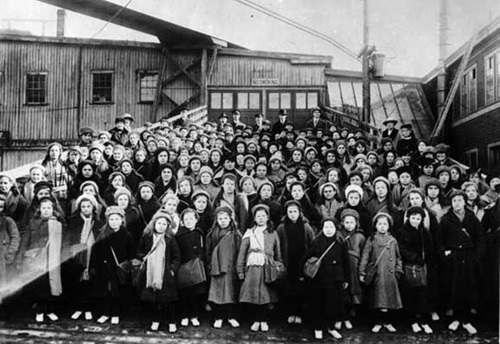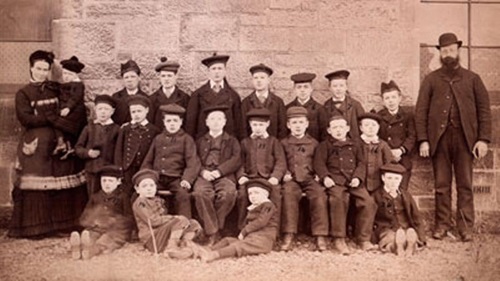On their own - Britain's child migrants
From the 1860s, more than 100,000 children were sent from Britain to Canada, Australia and other Commonwealth countries through child migration schemes.
Few were orphans; many came from families who were unable to care for them. With the belief that the lives of these children would improve, charitable and religious organisations sent them overseas. They were supported by governments for which these schemes supplied much needed population and labour.
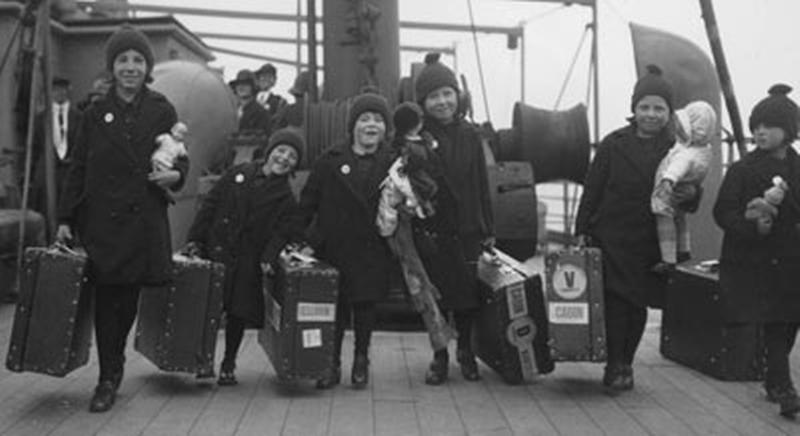
Australia party on board ship at Tilbury Dock 1920s. Reproduced courtesy Barnardo's/Topfoto.
The lives of these children changed dramatically and fortunes varied. Some succeeded in creating new futures. Others suffered lonely, brutal childhoods. All experienced disruption and separation from family and homeland.
Child migration schemes received criticism from the outset yet continued until the 1960s. Formal apologies from the Australian Government in 2009 and British Government in 2010 were made but many former child migrants and their families are still coming to terms with their experiences.
Learn more
